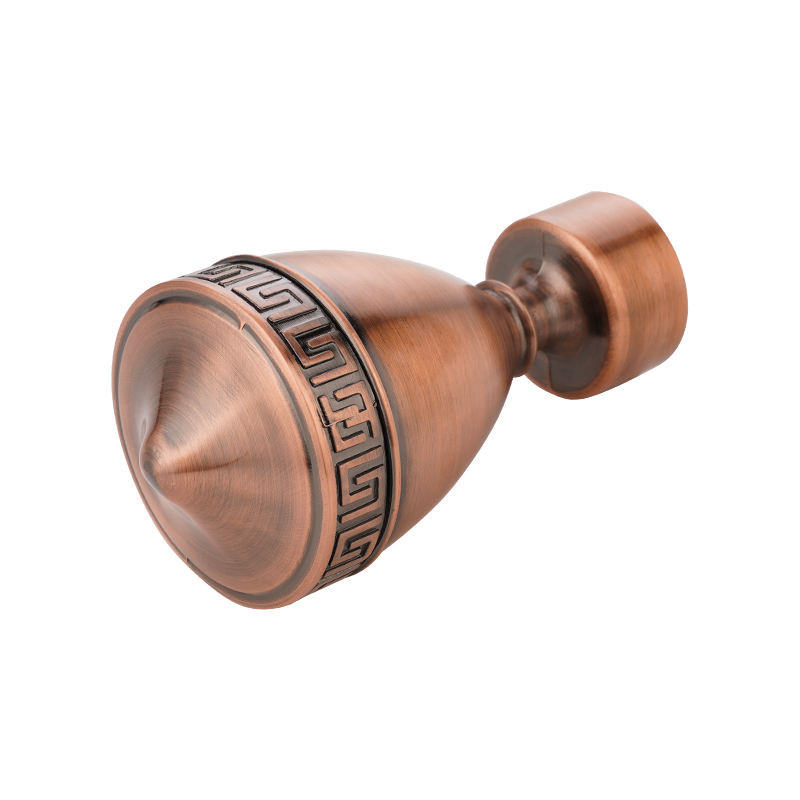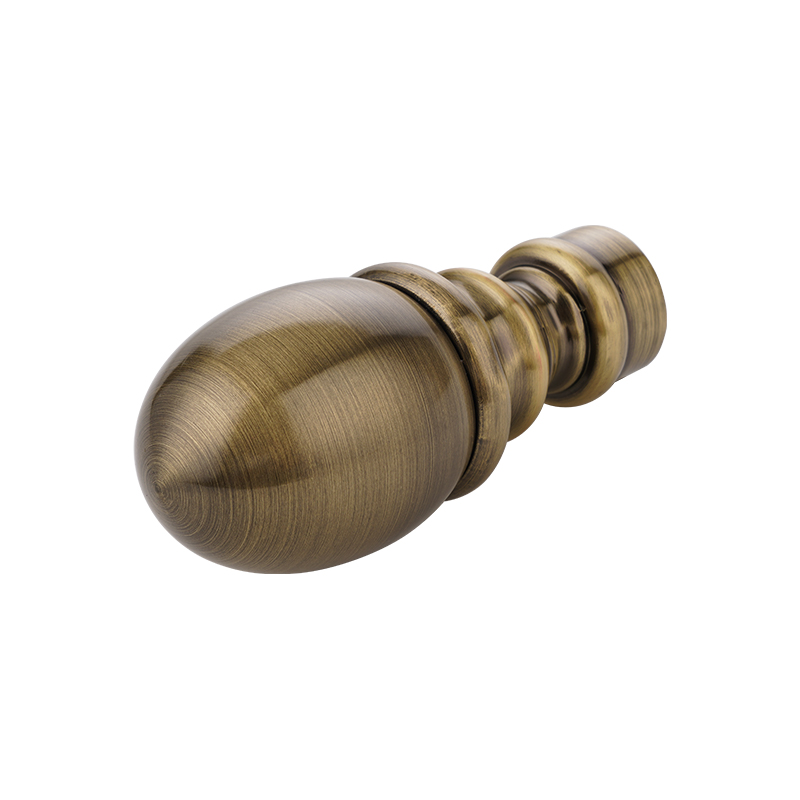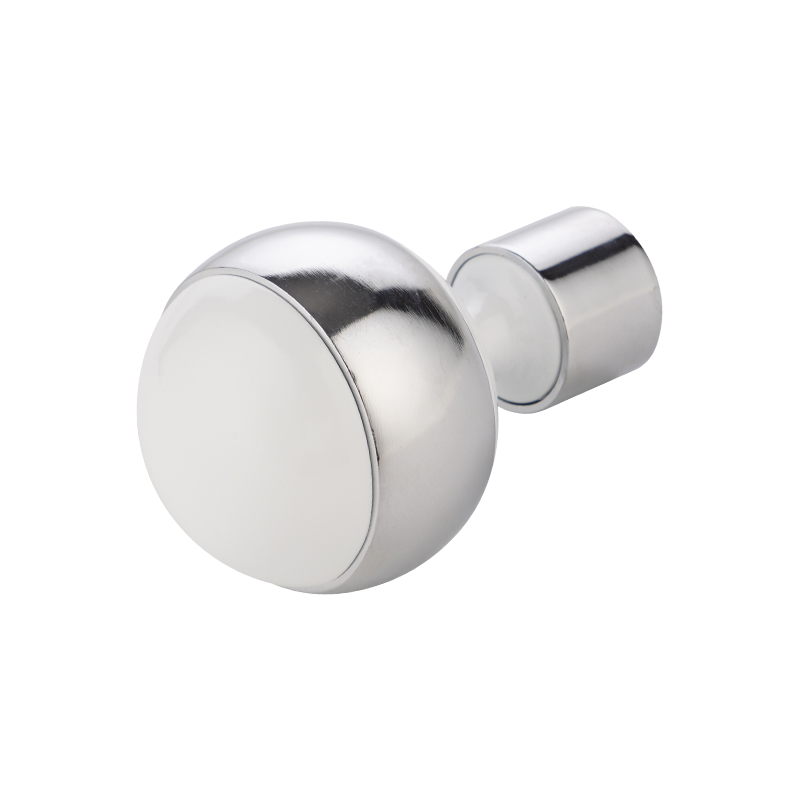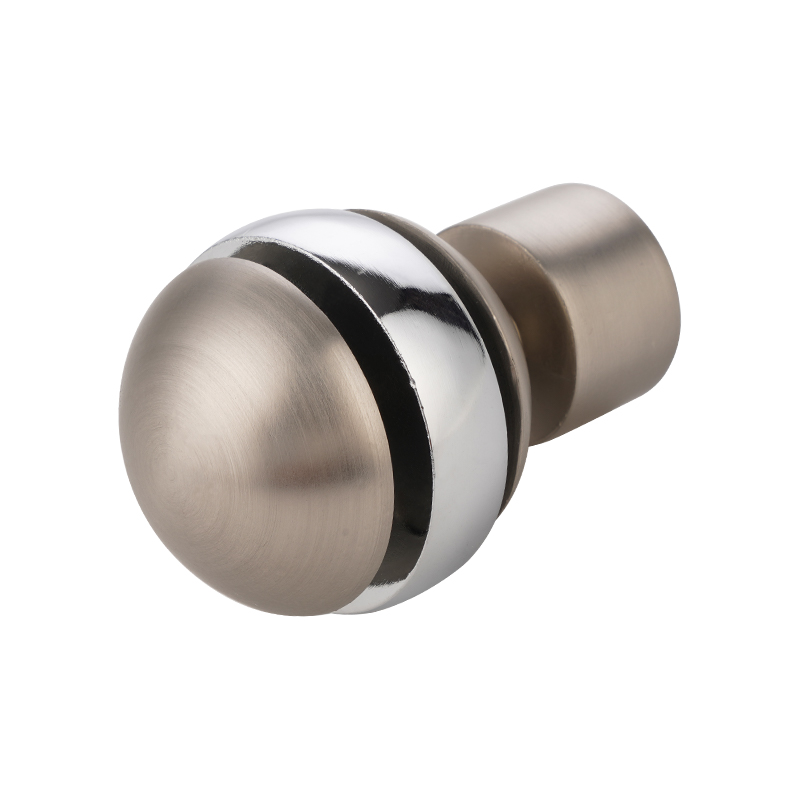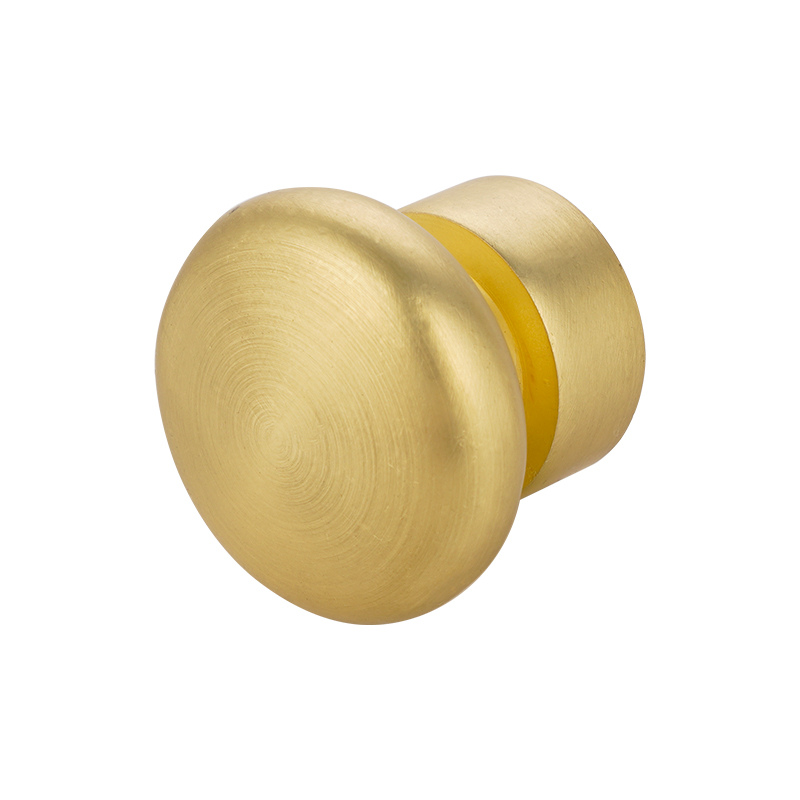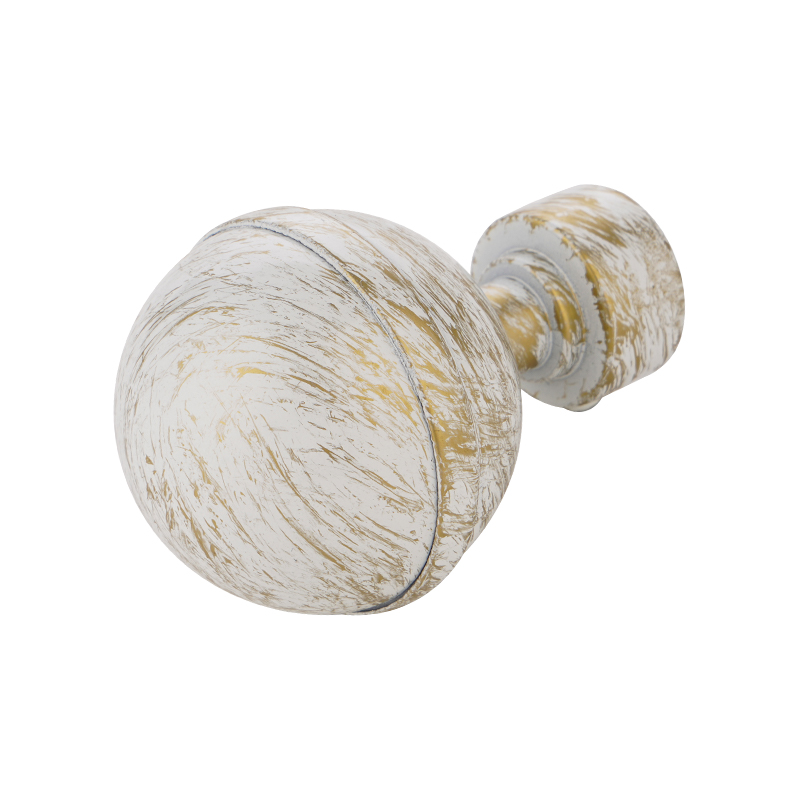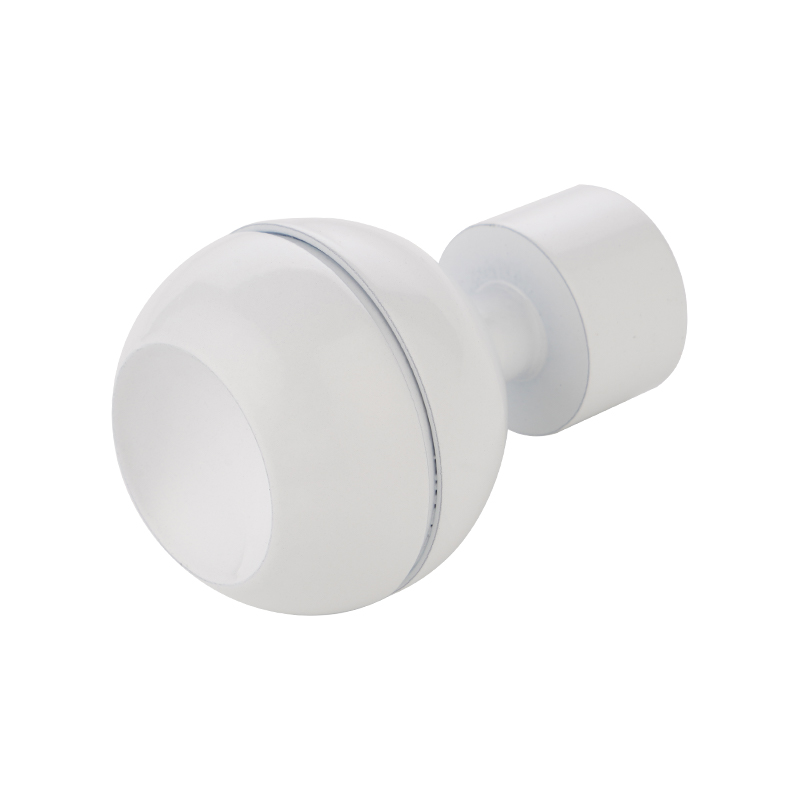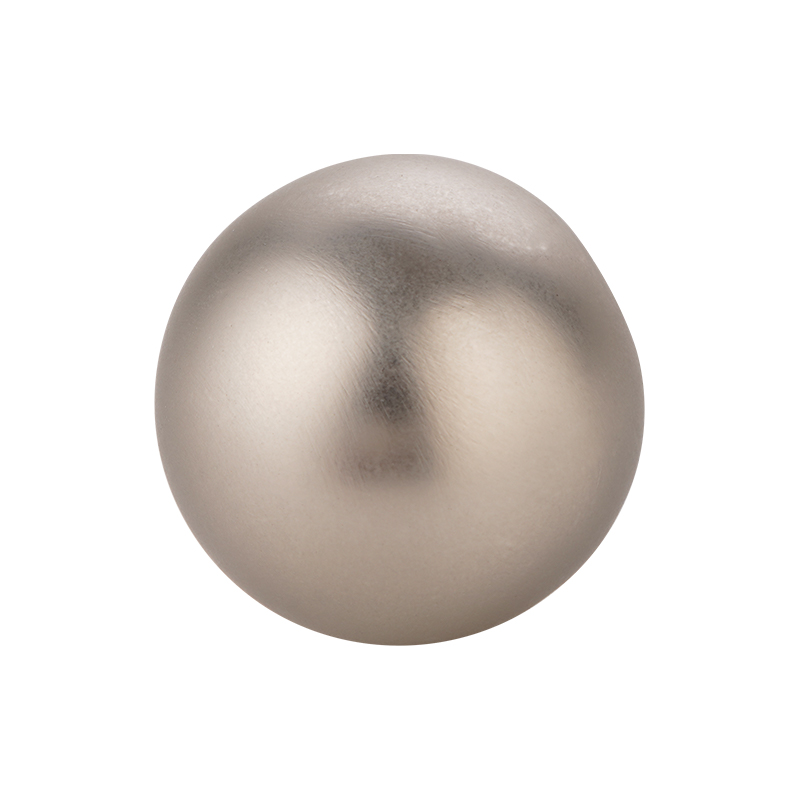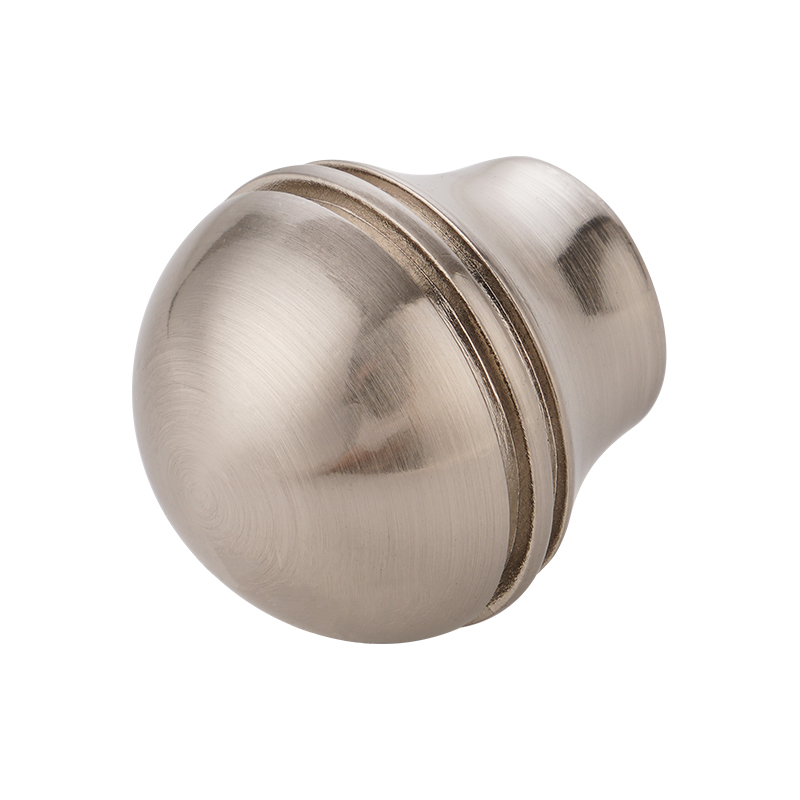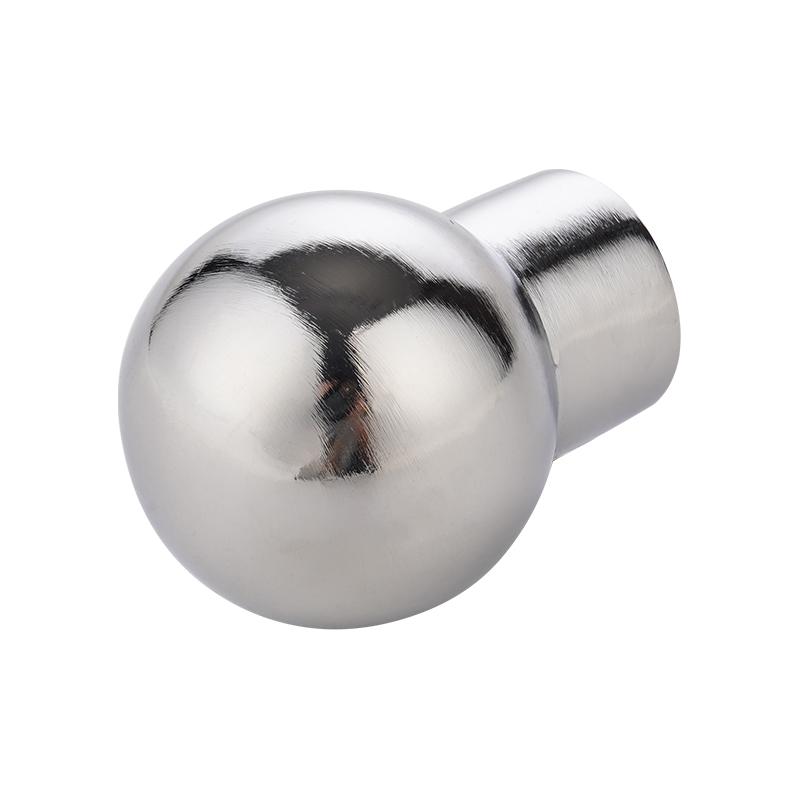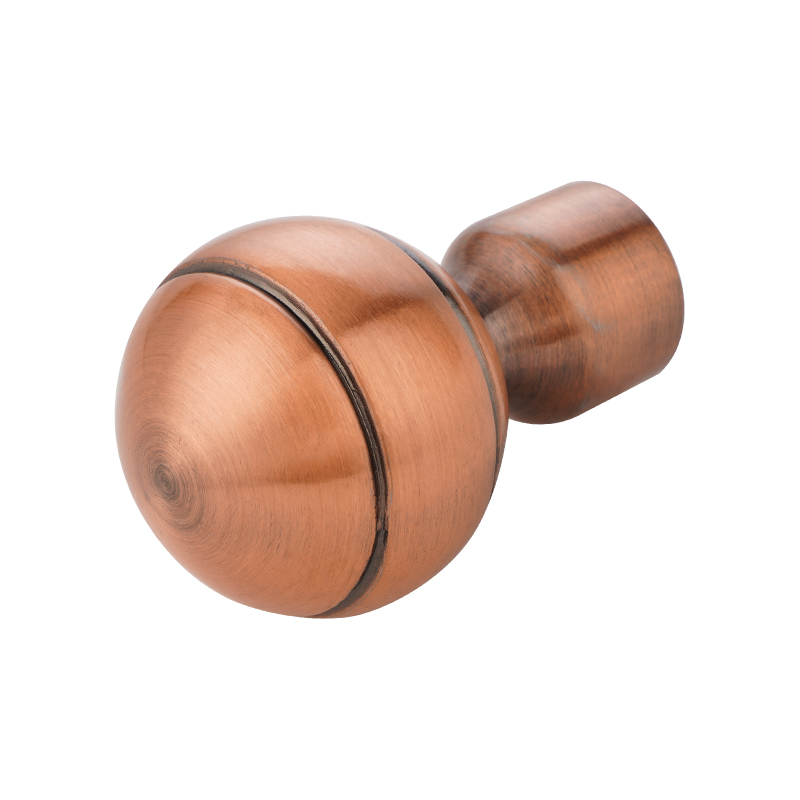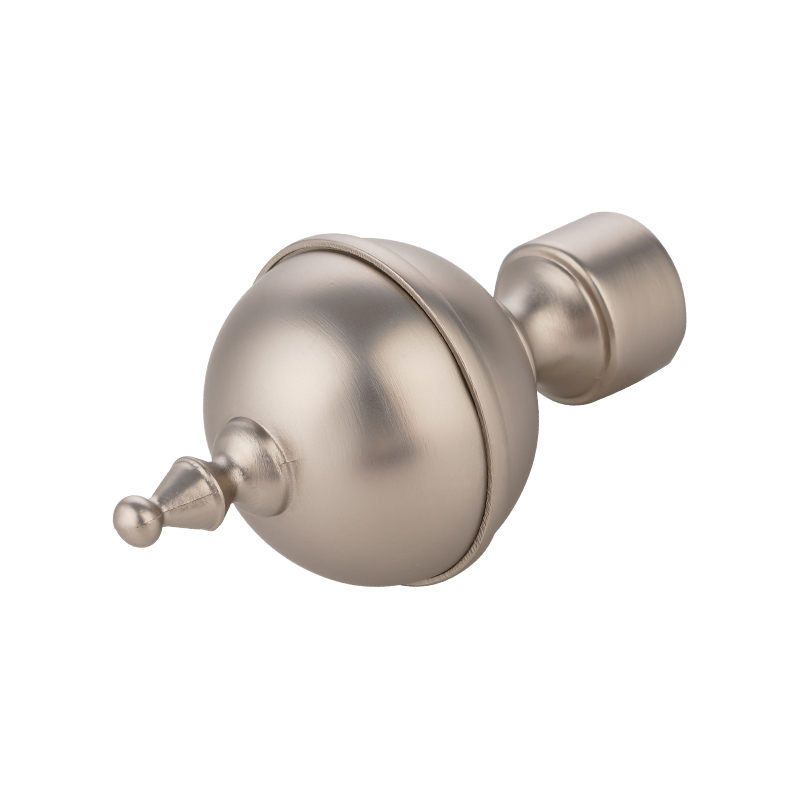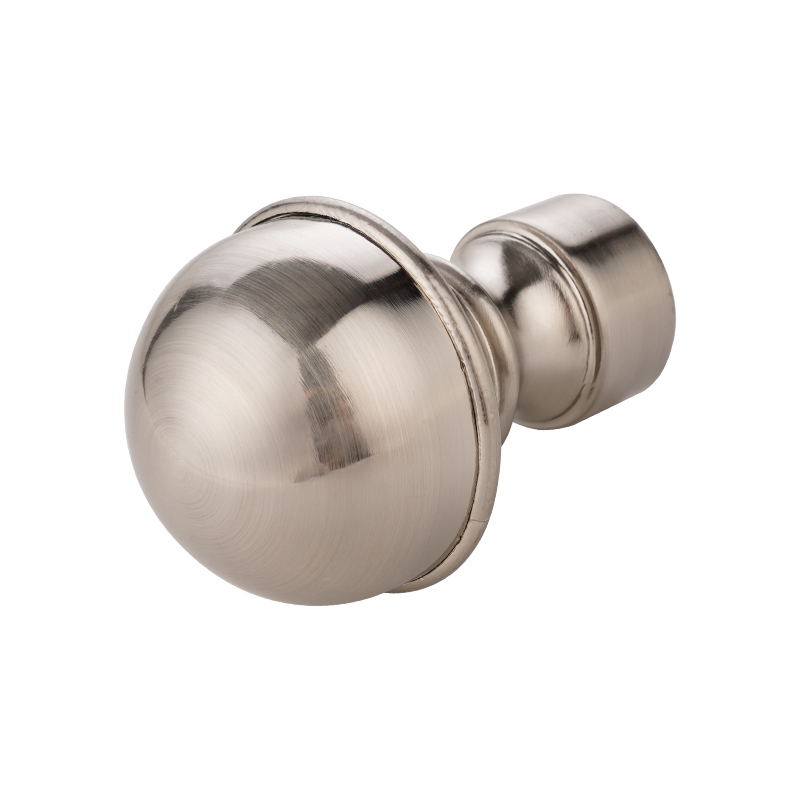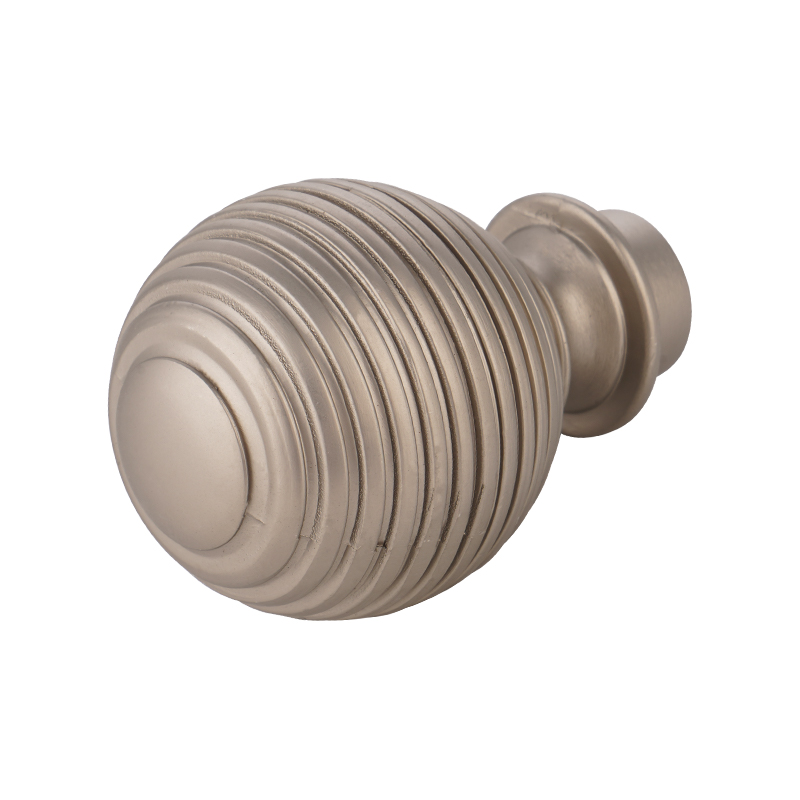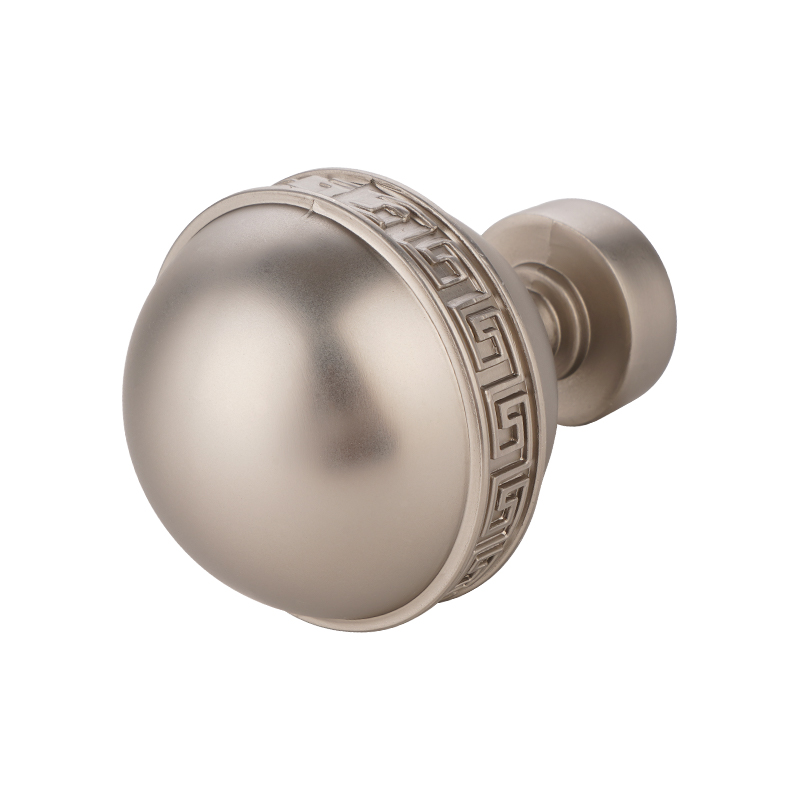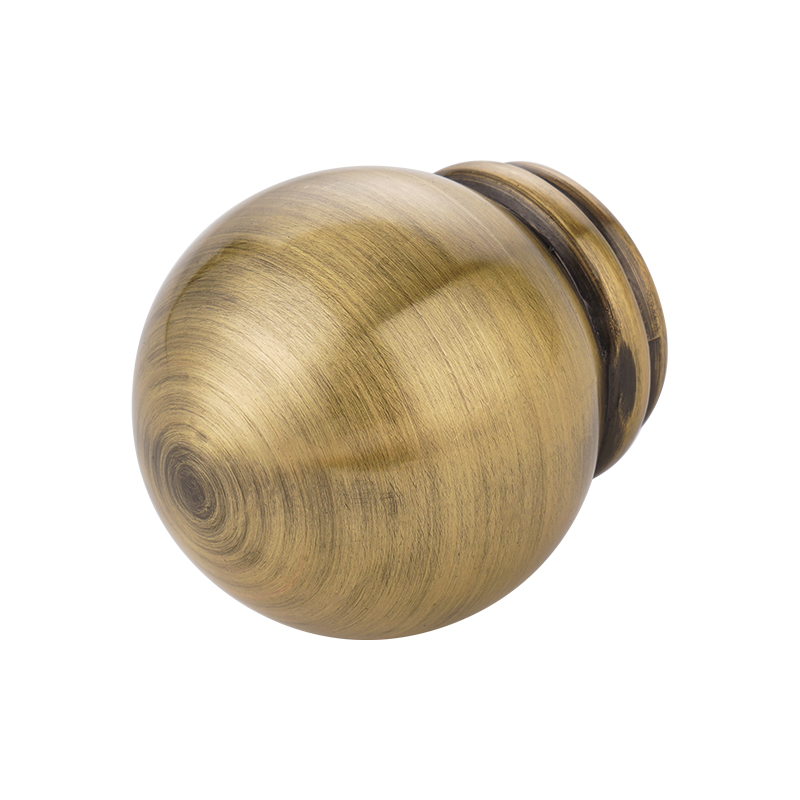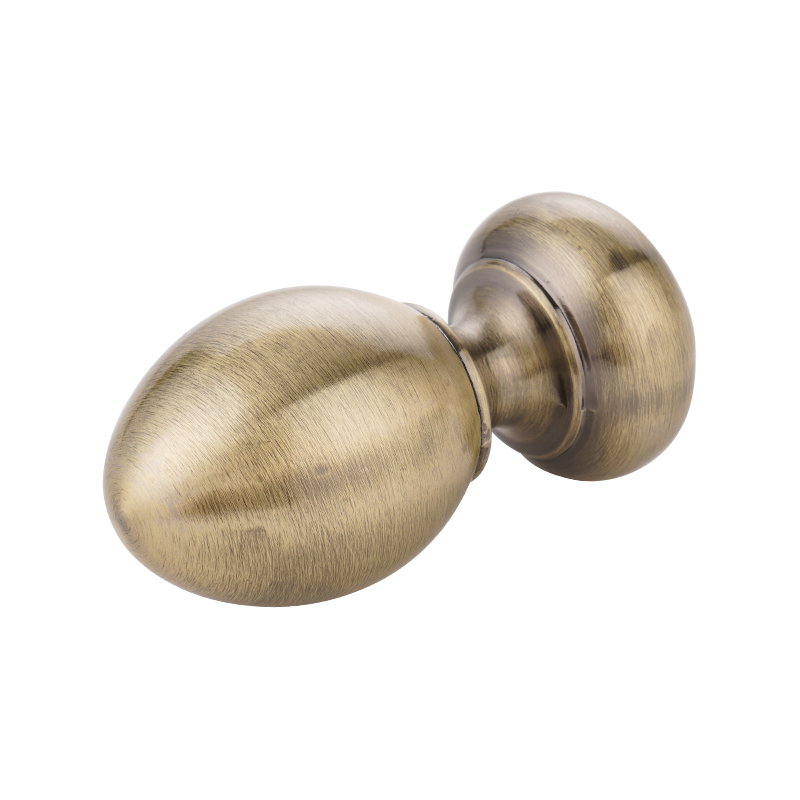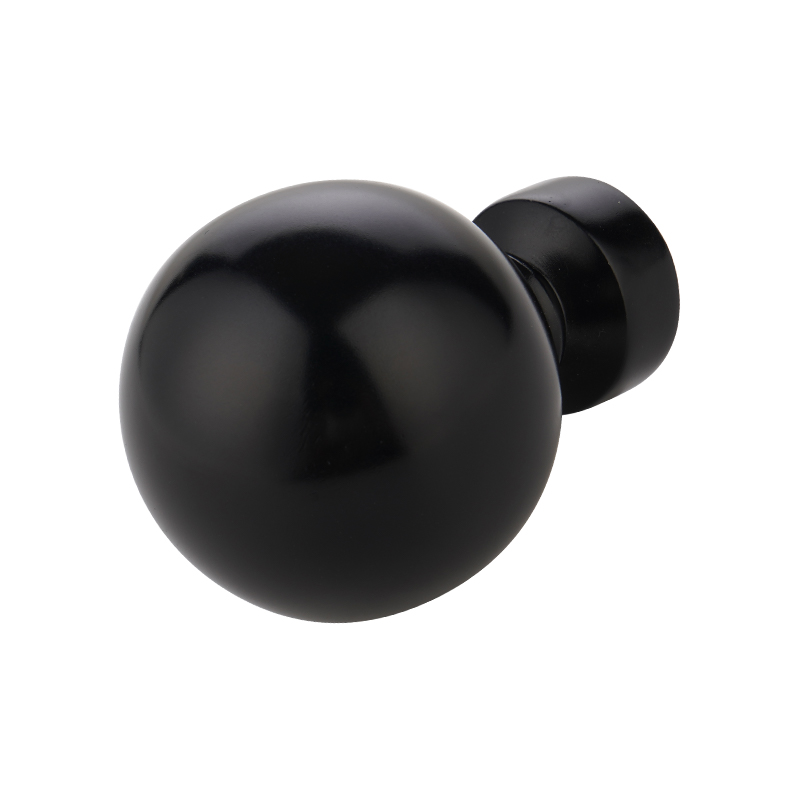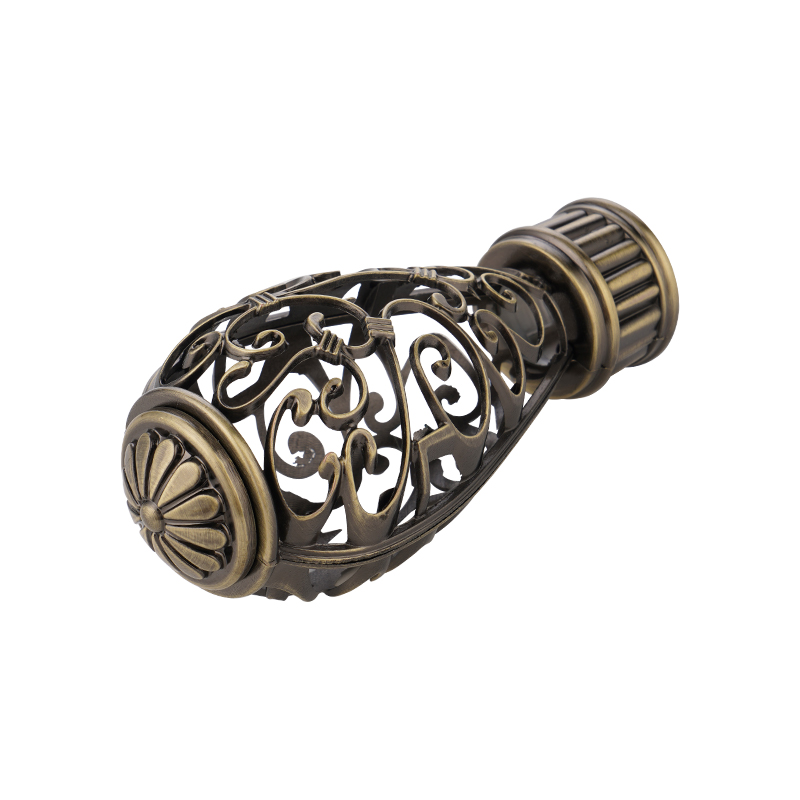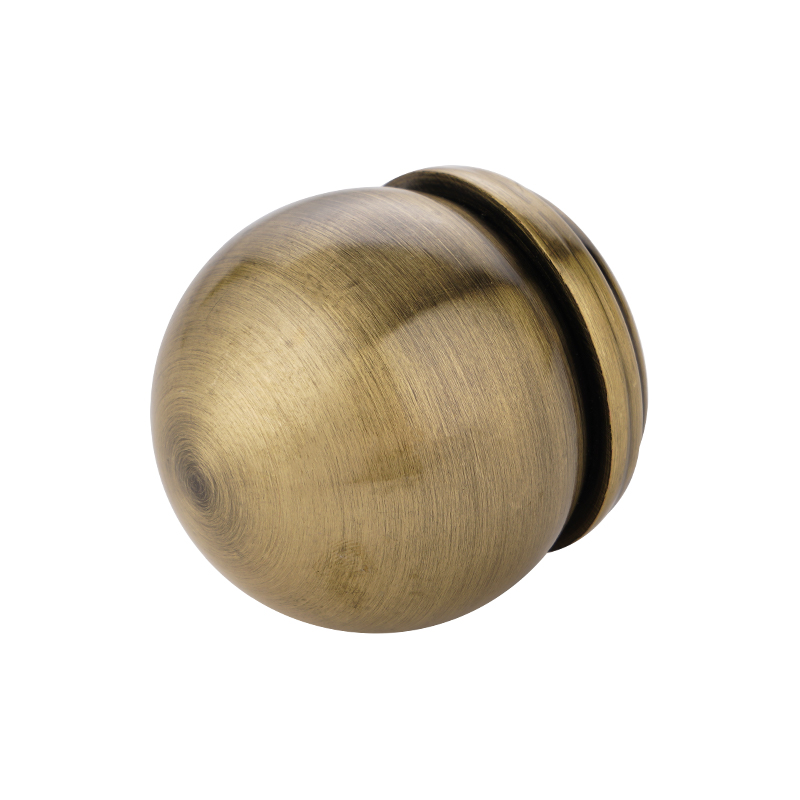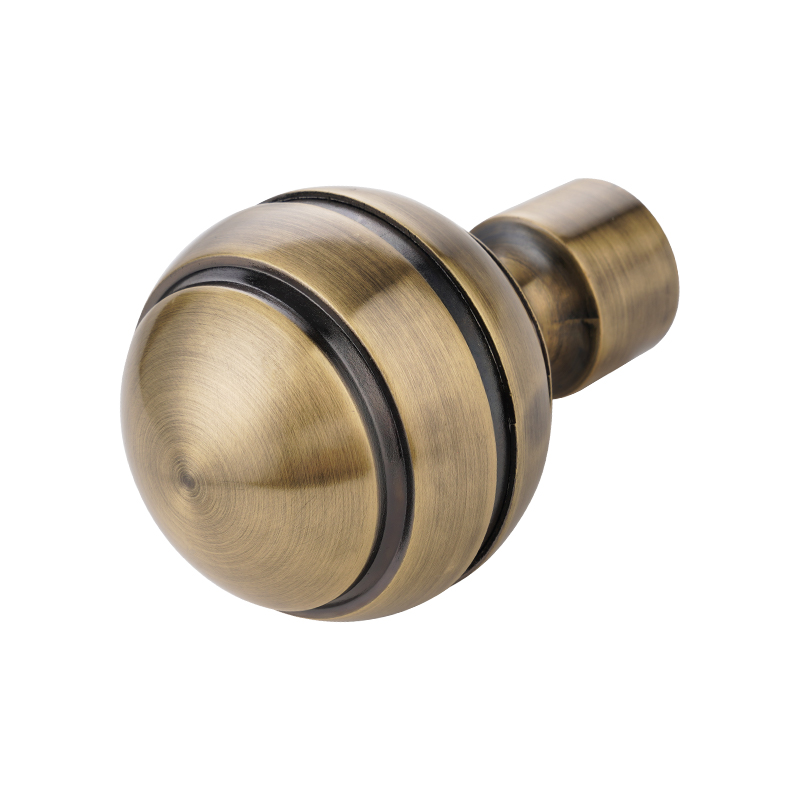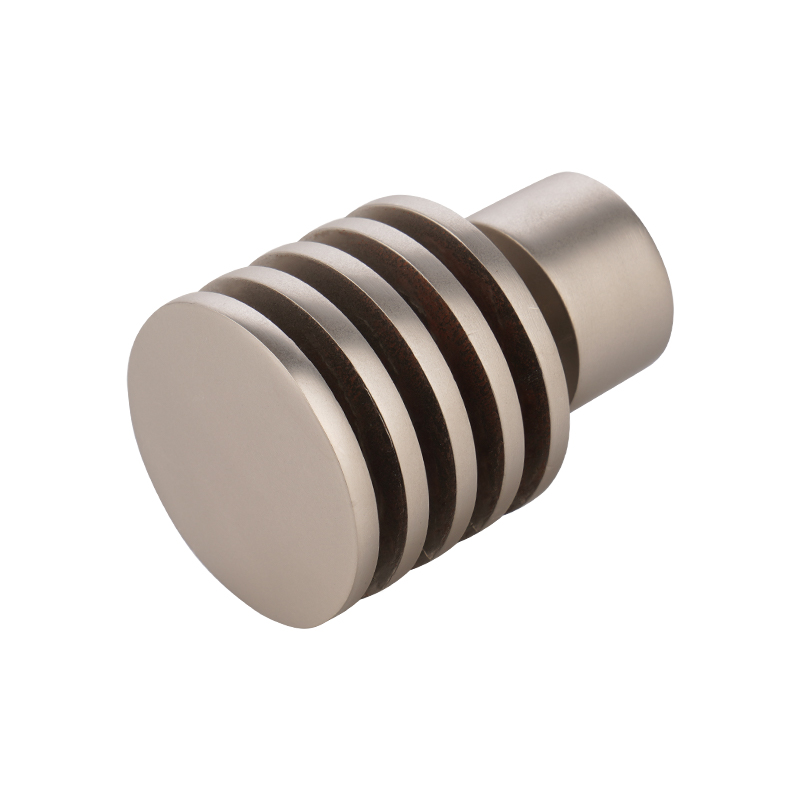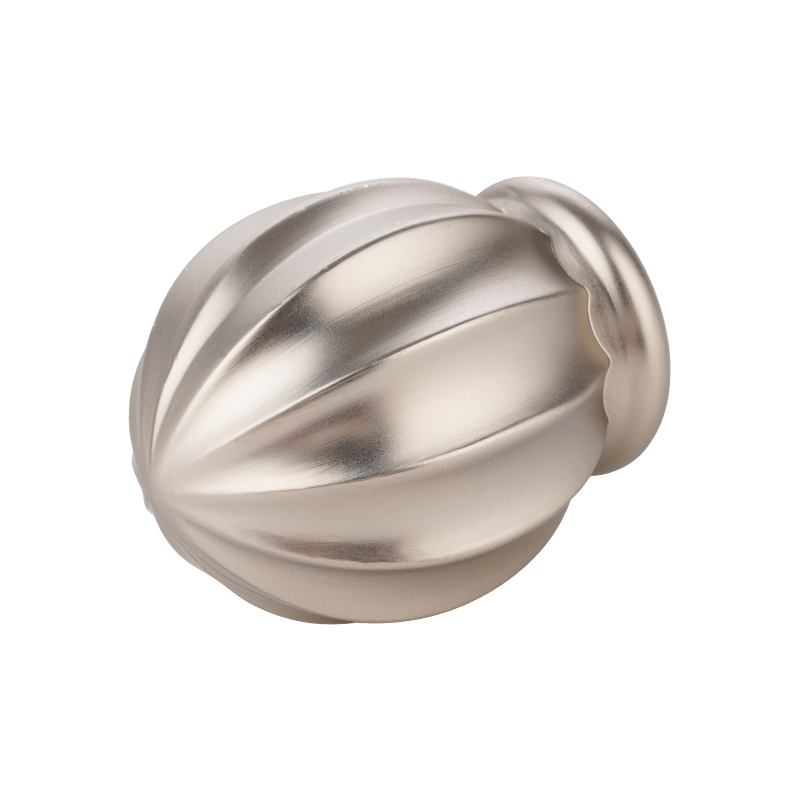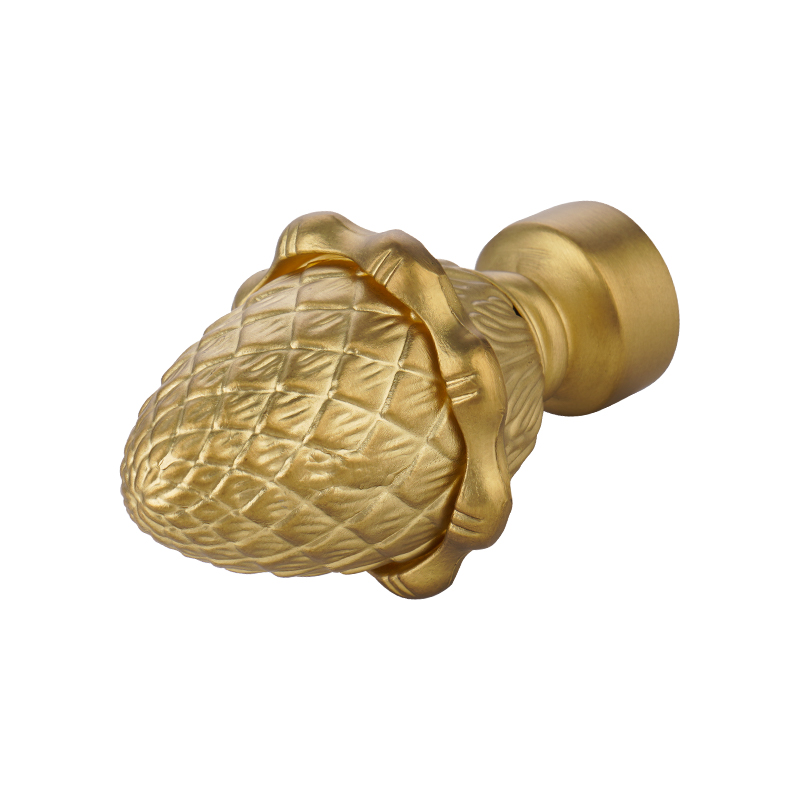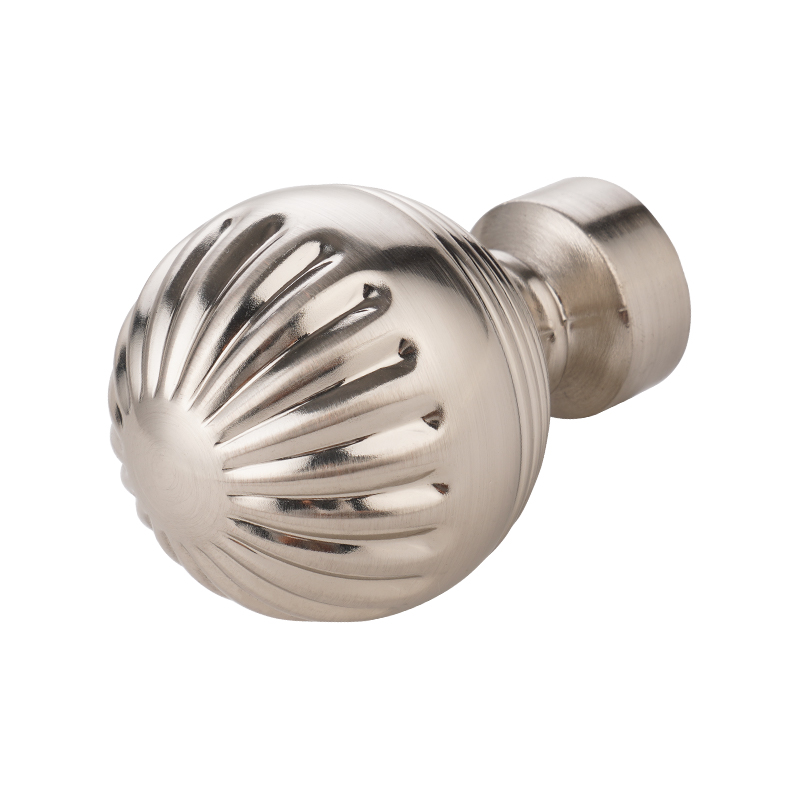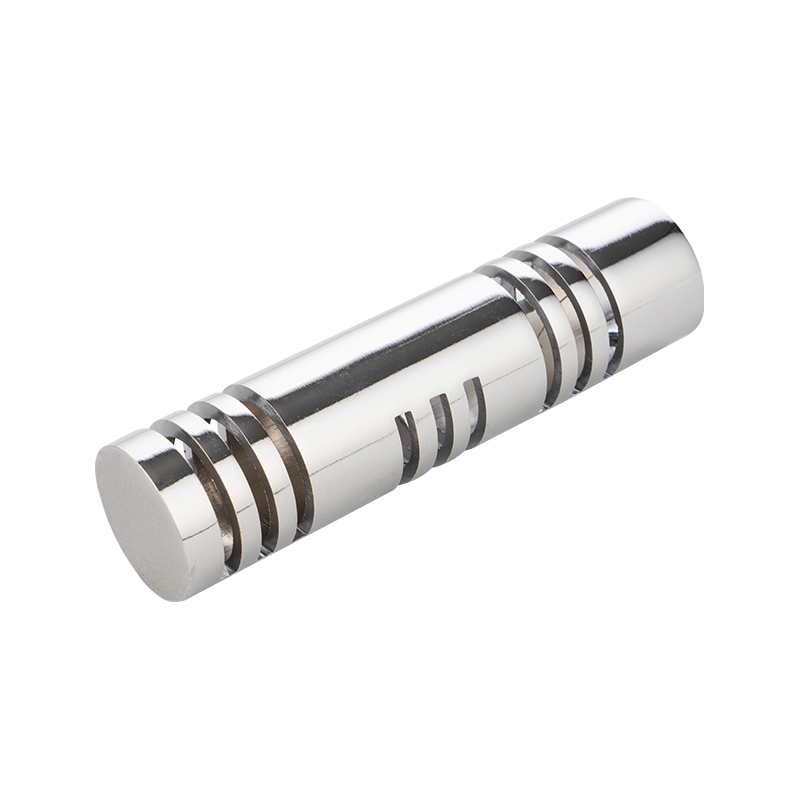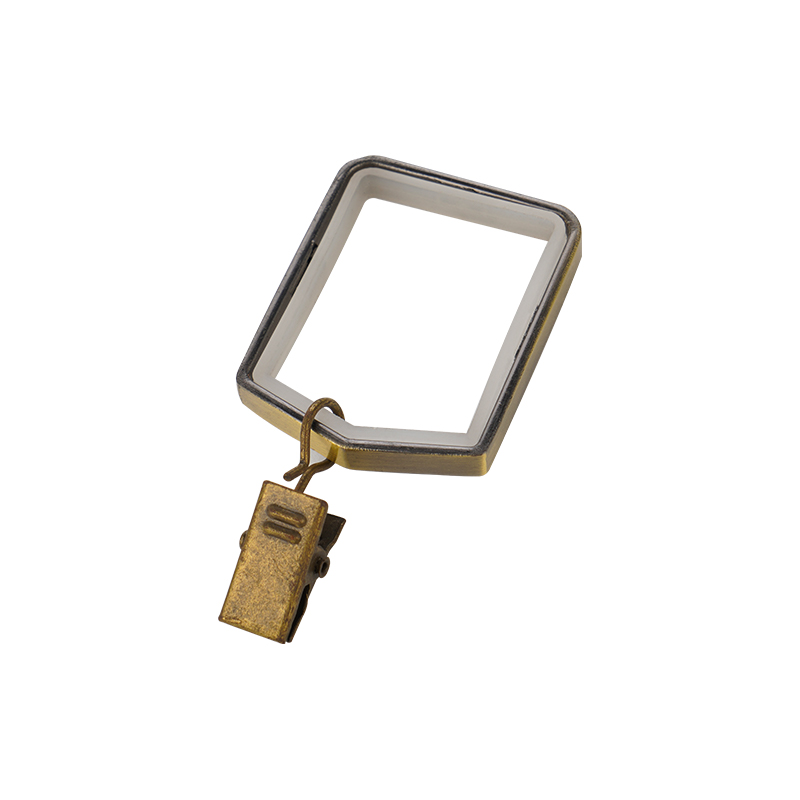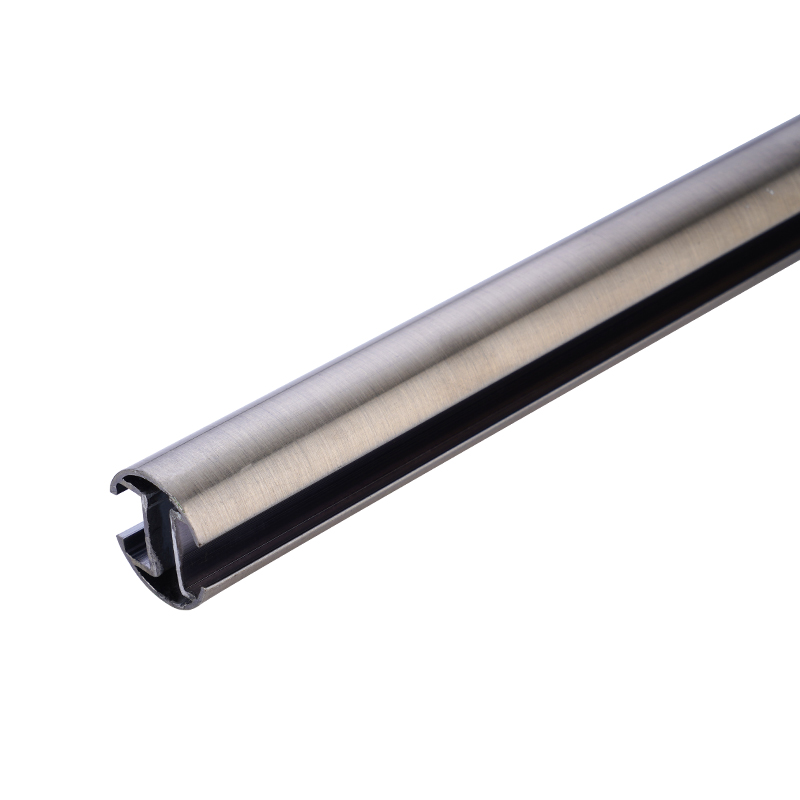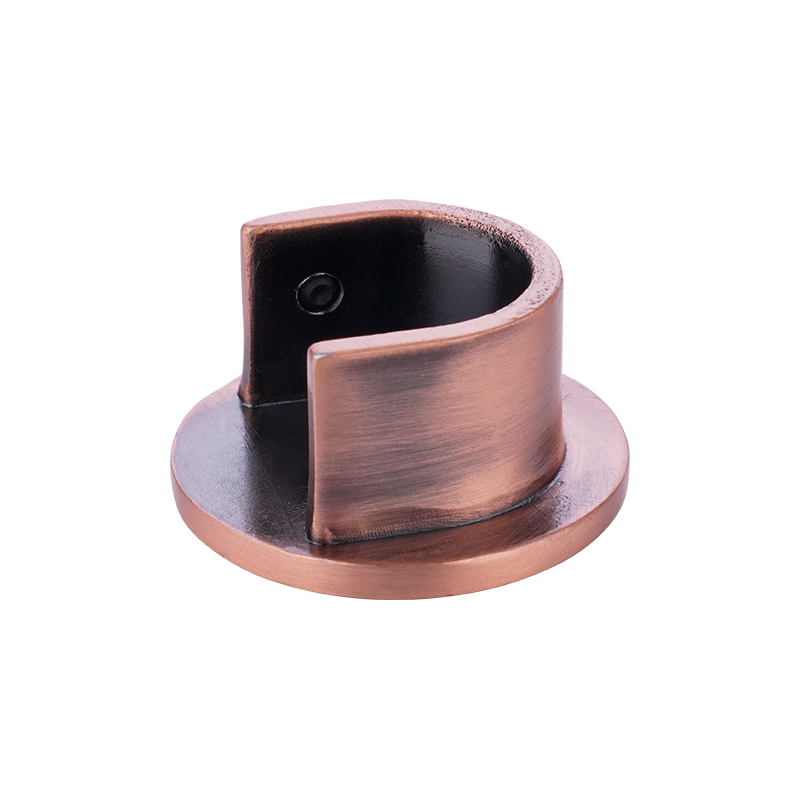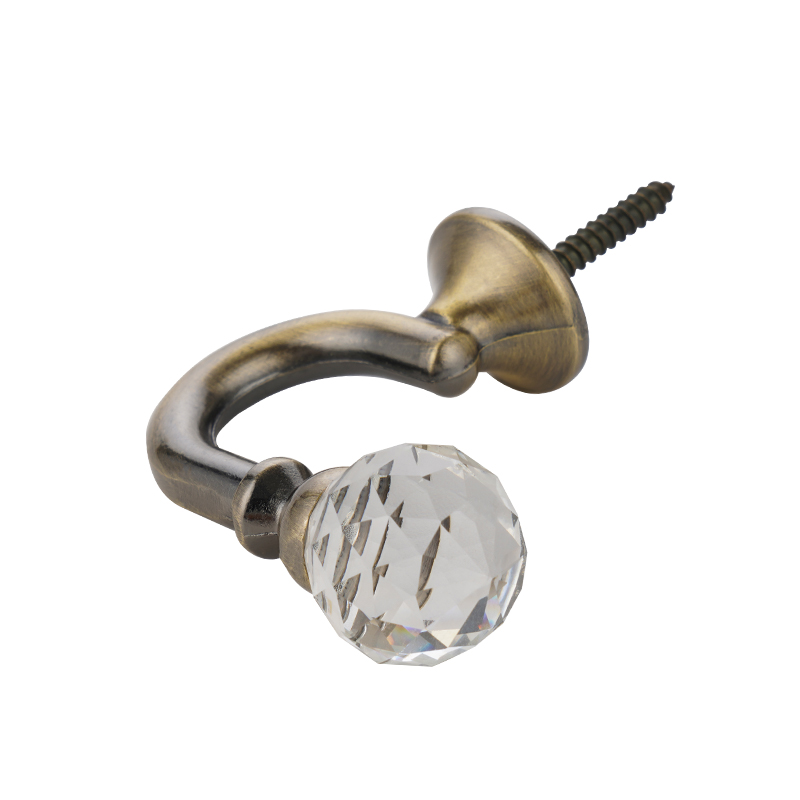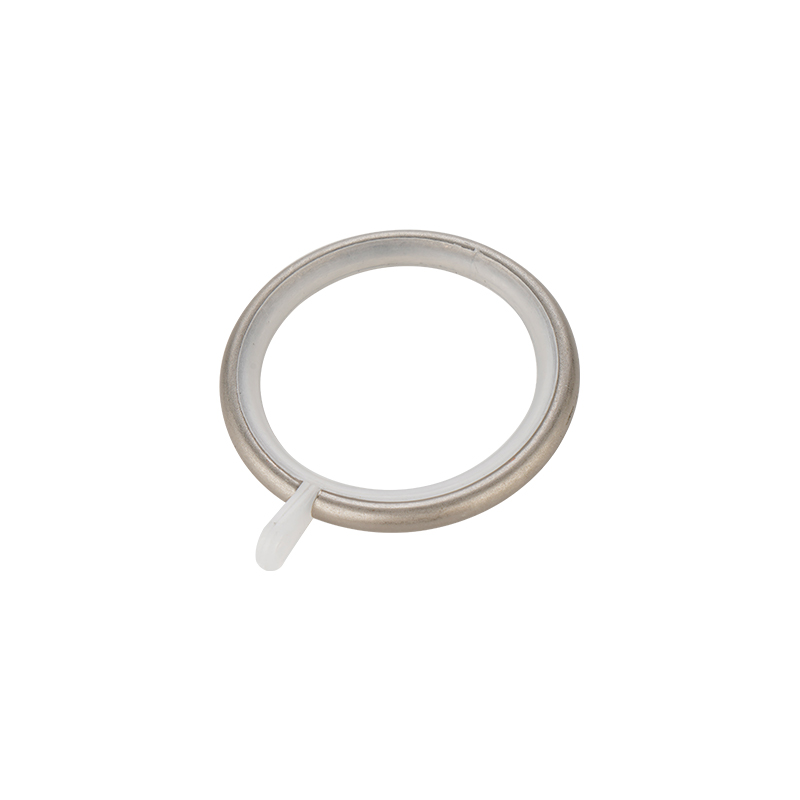What are the surface treatment methods for the spherical end of Ball Final Curtain Rod?
The surface treatment of the Ball Final Curtain Rod is a crucial process step, which not only significantly improves the appearance and texture of the product, but also enhances its practical performance, such as corrosion resistance and wear resistance. In the manufacturing process of home decorations such as curtain rods, the surface treatment of the spherical end is particularly important because it directly affects the overall quality and service life of the product.
Electroplating treatment of spherical ends is a common surface treatment technique. Electroplating is the process of covering the surface of a spherical end with a layer of metal or other materials through electrolysis. This metal coating can improve the appearance of the spherical end, making it look smoother and brighter. At the same time, the metal coating can also improve the corrosion resistance and wear resistance of the spherical end, making it less susceptible to external environmental erosion and wear during use. Electroplating treatment can usually choose different metals as coating materials, such as nickel, chromium, etc. These materials have different colors and performance characteristics, and can be selected according to specific needs.
Secondly, cold spraying technology is also an important method for surface treatment of spherical ends. Cold spraying is a technique of spraying materials at lower temperatures, suitable for materials with higher melting points, such as tungsten carbide. Through cold spraying technology, a uniform layer of tungsten carbide coating can be formed on the surface of the spherical end, thereby improving its hardness and wear resistance. Tungsten carbide coating has extremely high hardness and wear resistance, which can effectively resist the wear and impact of the external environment, keeping the spherical end shiny and performance for a long time during use.
Spray welding technology is another commonly used surface treatment method for spherical ends. Spray welding is the process of melting metal powder at high temperature and spraying it onto the surface of the substrate. Spray welding can form a thick metal coating on the surface of the spherical end, providing higher coating thickness and stability. Common spray welding materials include cobalt based alloys and nickel based alloys, which have excellent corrosion resistance and wear resistance, and can effectively extend the service life of spherical ends.
Nitriding treatment is also a commonly used technique for surface treatment of spherical ends. Nitriding treatment is the process of infiltrating nitrogen atoms into the surface of a workpiece, which improves its hardness and wear resistance by changing the chemical composition and microstructure of the workpiece surface. The surface of the spherical end after nitriding treatment will form a dense nitriding layer, which can effectively resist external environmental erosion and wear, and improve the service life of the spherical end.
In addition to the common surface treatment techniques mentioned above, there are also other coating techniques widely used in surface treatment of spherical ends. For example, technologies such as physical vapor deposition (PVD) and chemical vapor deposition (CVD) can form a layer of coatings with special functions on the surface of spherical ends, such as antibacterial coatings, anti fingerprint coatings, etc., to meet the needs of different customers.

